The meditation mat has become an essential tool for practitioners around the world. As meditation continues to gain popularity for its numerous mental and physical benefits, having the right equipment can significantly enhance the experience. A meditation mat not only provides comfort and support but also helps create a dedicated space for your practice. In this comprehensive guide, we will explore everything you need to know about meditation mats, from their history and benefits to choosing the right one for your needs. Whether you’re a seasoned meditator or just starting your journey, understanding the importance of a meditation mat can elevate your practice to new heights.
Table of Contents
What is a Meditation Mat?
A meditation mat is a specially designed cushion or pad that provides a comfortable and supportive surface for individuals engaging in meditation. Typically made from materials like cotton, foam, or wool, these mats help practitioners maintain a stable and comfortable posture during their meditation sessions.
| Historical Background: The use of meditation mats dates back thousands of years, with origins in ancient Eastern traditions. In early Hindu and Buddhist practices, practitioners often used natural materials such as grass, straw, or animal skins to create a comfortable and sacred space for meditation. As these practices spread across Asia and later the world, the design and materials of meditation mats evolved. In Japan, the traditional “zabuton” cushion became popular, while in Tibet, monks used thick woollen mats. Over time, the Western adoption of meditation brought about new materials and designs, catering to modern needs for comfort, portability, and sustainability. |
Purpose: Meditation mats serve several essential purposes in a meditation practice:
- Comfort: By providing a padded surface, meditation mats alleviate pressure on the knees, ankles, and spine, allowing for prolonged periods of meditation without discomfort.
- Posture Support: Maintaining proper posture is crucial in meditation to ensure the flow of energy and prevent physical strain. A well-designed mat supports the practitioner in achieving and maintaining the correct posture.
- Focus and Relaxation: A dedicated meditation mat helps create a mental association with meditation, signaling to the mind and body that it is time to relax and focus. This association can enhance the overall meditation experience.
- Hygiene: Using a personal meditation mat ensures a clean and hygienic surface, especially when practicing in shared spaces like yoga studios or community centers.
- Aesthetic and Spiritual Connection: Many meditation mats are designed with aesthetically pleasing patterns and colors that can enhance the spiritual ambiance of the meditation space, fostering a deeper connection to the practice.
Benefits of Using a Meditation Mat
Comfort: A meditation mat provides a cushioned surface that significantly enhances comfort during long meditation sessions. Sitting on a hard floor can lead to discomfort and distraction, which can hinder the meditation experience. A well-padded mat helps distribute body weight evenly, reducing pressure points and allowing for a more enjoyable and sustained practice. The soft surface supports the hips, knees, and ankles, making it easier to sit for extended periods without experiencing pain or numbness.
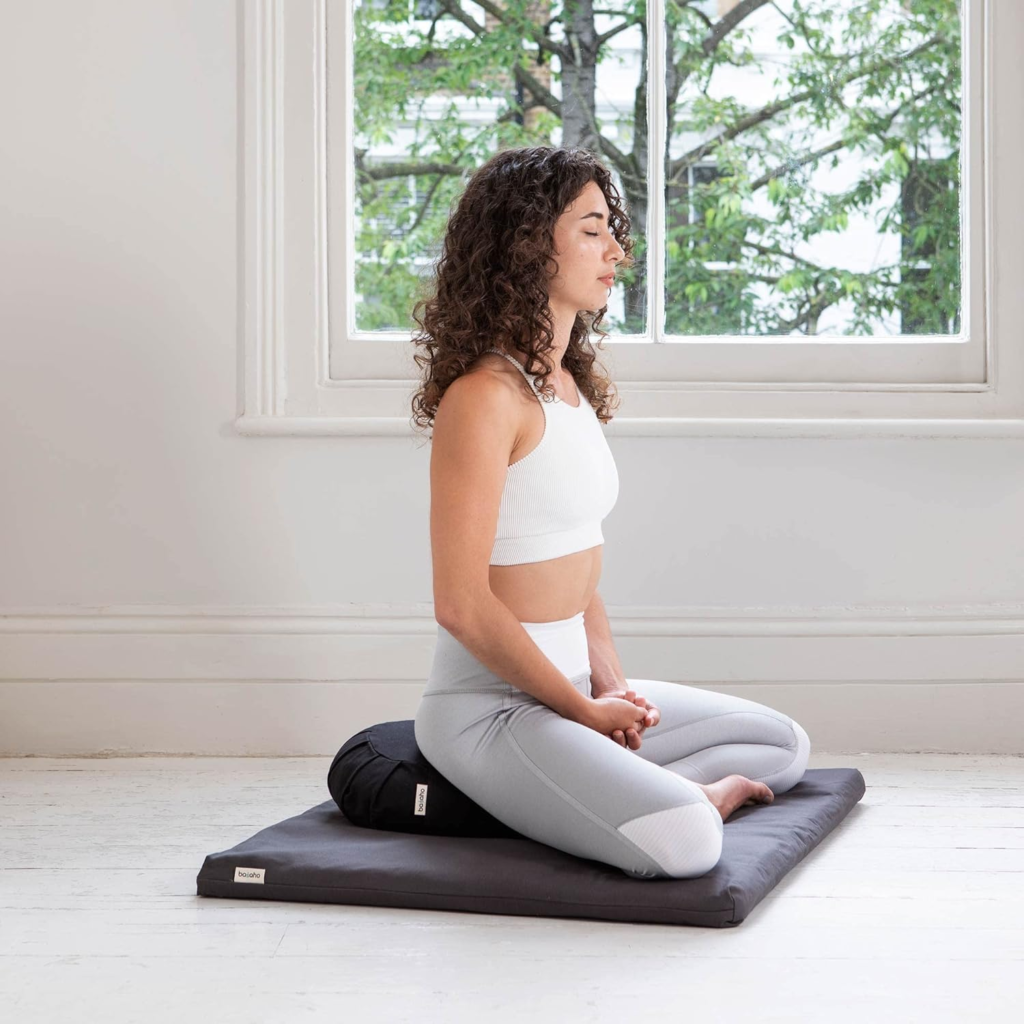
Posture Support: Proper posture is essential in meditation to ensure the flow of energy and prevent physical strain. A meditation mat offers the necessary support to maintain correct posture. By providing a stable and even surface, the mat helps keep the spine aligned, the hips elevated, and the knees comfortable. This alignment reduces the risk of slouching or straining, allowing practitioners to focus on their breath and meditation techniques rather than their discomfort.

Focus and Relaxation: A dedicated meditation mat creates a designated space for meditation, helping to establish a mental association with the practice. This association can enhance focus and relaxation, as the mind recognizes the mat as a cue to enter a meditative state. The comfort and support provided by the mat also reduce physical distractions, allowing practitioners to achieve deeper levels of relaxation and concentration. This focused state can lead to more profound meditation experiences and greater mindfulness.

Health Benefits: Using a meditation mat can offer various physical health benefits. By cushioning the joints, it reduces the strain on the knees, hips, and ankles, preventing discomfort and potential injury. The mat’s support encourages proper spinal alignment, which can alleviate back pain and improve overall posture. Additionally, the comfort provided by the mat allows for longer meditation sessions, which can enhance mental health by reducing stress, anxiety, and promoting a sense of well-being.

Types of Meditation Mats
Materials Used: Meditation mats come in a variety of materials, each offering unique benefits:
- Cotton: Cotton mats are soft, breathable, and provide moderate cushioning. They are often filled with cotton batting and encased in a cotton cover. These mats are known for their comfort and natural feel.
- Foam: Foam mats are lightweight, portable, and provide excellent cushioning. They come in varying thicknesses and densities, making them suitable for different levels of comfort and support.
- Wool: Wool mats are prized for their natural warmth and insulation. They are often used in colder climates or for individuals who prefer a cosy, grounding feel during meditation. Wool mats can also be hypoallergenic and moisture-wicking.
Shapes and Sizes: Meditation mats come in various shapes and sizes to accommodate different meditation practices and body types:
- Square Mats: These are the most common and versatile, providing ample space for various sitting positions.
- Round Mats: Round mats offer a unique aesthetic and can help create a dedicated meditation space. They are ideal for those who like to meditate in a cross-legged position.
- Rectangular Mats: Rectangular mats are longer and often used in combination with meditation cushions or zafus. They provide extra length for stretching out the legs.
- Foldable Mats: These mats can be folded into smaller sizes for easy storage and portability, making them ideal for travel.
Eco-friendly Options: Eco-friendly meditation mats are made from sustainable and biodegradable materials, appealing to environmentally conscious practitioners:
- Organic Cotton: Grown without pesticides, organic cotton mats are soft and environmentally friendly.
- Natural Latex: Derived from rubber trees, natural latex mats are durable, biodegradable, and offer excellent cushioning.
- Recycled Materials: Some mats are made from recycled foam or fabric, reducing waste and promoting sustainability.
- Hemp: Hemp mats are durable, breathable, and eco-friendly, often used in organic and sustainable product lines.
Comparison: When comparing different types of meditation mats, it’s important to consider their pros and cons:
- Cotton Mats:
- Pros: Natural, breathable, comfortable.
- Cons: Less durable than synthetic materials, may flatten over time.
- Foam Mats:
- Pros: Lightweight, highly cushioned, portable.
- Cons: Can be less environmentally friendly, may wear out with heavy use.
- Wool Mats:
- Pros: Warm, hypoallergenic, moisture-wicking.
- Cons: Can be expensive, may require special care for cleaning.
- Eco-friendly Mats:
- Pros: Sustainable, biodegradable, often free of harmful chemicals.
- Cons: Can be more expensive, may have limited availability.
How to Choose the Right Meditation Mat
Personal Needs: Choosing the right meditation mat begins with assessing your personal needs. Consider the following factors:
- Comfort: If you plan to meditate for long periods, a mat with thick cushioning is essential to prevent discomfort and pain. Look for mats made from materials like foam or wool, which offer excellent padding.
- Portability: If you travel frequently or attend meditation classes outside your home, a lightweight and foldable mat is ideal. Foam mats are often the best choice for portability due to their light weight and compactness.
- Meditation Style: Different meditation practices may require different types of mats. For example, if you practice yoga in addition to meditation, you might want a mat that is versatile enough to be used for both.

Budget Considerations: Meditation mats come in a wide range of prices. It’s important to find a mat that offers the best value for your budget:
- Low Budget: For those on a tight budget, look for basic foam or cotton mats. They are affordable and provide adequate comfort for most meditation practices.
- Mid-Range: Investing in a mid-range mat often means better quality and durability. Mats in this range might be made from higher-quality foam or include additional features like a non-slip surface.
- High-End: Premium mats made from materials like organic cotton, natural latex, or wool are more expensive but offer superior comfort, support, and eco-friendliness.
Durability: The durability of a meditation mat is crucial, especially if you use it frequently. To evaluate durability, consider:
- Material Quality: High-quality materials like dense foam, durable cotton, or natural latex tend to last longer. Check for mats with reinforced stitching and strong seams.
- Usage Frequency: If you meditate daily, opt for a mat that can withstand regular use without losing its shape or comfort.
- Brand Reputation: Research brands known for their durability and read customer reviews to gauge the mat’s longevity.
Aesthetic Preferences: The appearance of your meditation mat can also influence your meditation experience. Choosing a mat that you find visually appealing can enhance your practice:
- Color and Design: Select colors and patterns that resonate with you and create a calming effect. Some people prefer solid, neutral tones, while others might enjoy vibrant patterns.
- Texture: The feel of the mat’s surface can also affect your comfort. Choose a texture that feels pleasant against your skin.
- Personalization: Some brands offer customizable options, allowing you to add personal touches to your mat.
Top Meditation Mats on the Market
Reviews of Popular Brands:
Manduka PRO Meditation Mat:
- Features: The Manduka PRO mat is known for its high-density cushioning and exceptional durability. Made from closed-cell PVC, it offers superior support and stability, making it ideal for long meditation sessions.
- Pros: Extremely durable, excellent support, non-toxic material.
- Cons: Heavier than other mats, higher price point.
Gaiam Essentials Thick Yoga Mat:
- Features: This mat is a versatile option suitable for both meditation and yoga. It features 2/5-inch thick foam, providing ample cushioning for comfort. It also comes with a carrying strap for easy portability.
- Pros: Affordable, thick cushioning, lightweight, and portable.
- Cons: Foam can wear down over time with heavy use.
Hugger Mugger Wool Yoga Blanket:
- Features: Although not a traditional mat, this wool blanket is popular among meditators for its warmth and softness. It can be folded or rolled to provide custom support.
- Pros: Versatile, natural material, provides warmth.
- Cons: Requires more maintenance, bulkier to carry around.
YoPraMe Meditation Mat:
- Features: Made from organic cotton and natural latex, this eco-friendly mat combines comfort with sustainability. It has a textured surface for added grip and is available in various colors.
- Pros: Eco-friendly, comfortable, good grip.
- Cons: Limited availability, may not provide enough cushioning for extended sessions.
Customer Testimonials:
- Manduka PRO Meditation Mat:
- “I’ve been using the Manduka PRO for over a year now, and it’s still in perfect condition. The support it provides has greatly improved my meditation posture.” – Sarah J.
- Gaiam Essentials Thick Yoga Mat:
- “This mat is perfect for my daily meditation practice. It’s thick enough to be comfortable but still easy to roll up and take to class.” – Tom R.
- Hugger Mugger Wool Yoga Blanket:
- “I love the warmth and versatility of this blanket. It’s not just for meditation; I use it for yoga and as a throw blanket too.” – Emily K.
- YoPraMe Meditation Mat:
- “Sustainability is important to me, so I chose the Prana mat. It’s incredibly comfortable, and I love that it’s made from natural materials.” – James L.
Price Ranges:
- Budget Mats (£20 – £50): Mats in this range, like the Gaiam Essentials, offer basic comfort and portability. They are great for beginners or those who meditate occasionally.
- Mid-Range Mats (£50 – £100): Options like the Hugger Mugger Wool Blanket fall into this category, providing better quality and more comfort. They are suitable for regular meditators looking for more support.
- High-End Mats (£100 and above): High-end mats like the Manduka PRO and Prana Meditation Mat are made from premium materials and offer superior durability and support. These are ideal for dedicated practitioners seeking long-term investments.
Meditation Mat Accessories
Cushions: Cushions are a popular accessory to complement meditation mats. They provide additional support and comfort, helping to maintain proper posture during meditation. Common types of cushions include:
- Zafu Cushions: Traditionally used in Zen meditation, these round cushions elevate the hips, making it easier to sit cross-legged with a straight spine.
- Bolster Cushions: These rectangular or cylindrical cushions offer support for the lower back, knees, or ankles, making them versatile for various meditation positions.
- Buckwheat Hull Cushions: Filled with buckwheat hulls, these cushions conform to the body’s shape, providing personalized support and stability.
Cushions help reduce strain on the knees and ankles, allowing for longer and more comfortable meditation sessions. They are especially beneficial for beginners who may struggle with maintaining proper posture.
Blankets: Blankets are another useful accessory that can enhance your meditation experience. They can be used in several ways:
- Warmth and Comfort: A blanket can keep you warm during meditation, especially in cooler environments. It provides a sense of cosiness and security, which can deepen relaxation.
- Additional Padding: Folded blankets can serve as extra padding under the knees, hips, or ankles, providing additional comfort and support.
- Versatility: Blankets can be easily adjusted and folded to suit different needs, making them a versatile accessory for various meditation positions and practices.
Using a blanket alongside a meditation mat can create a more inviting and comfortable meditation space, encouraging regular practice.
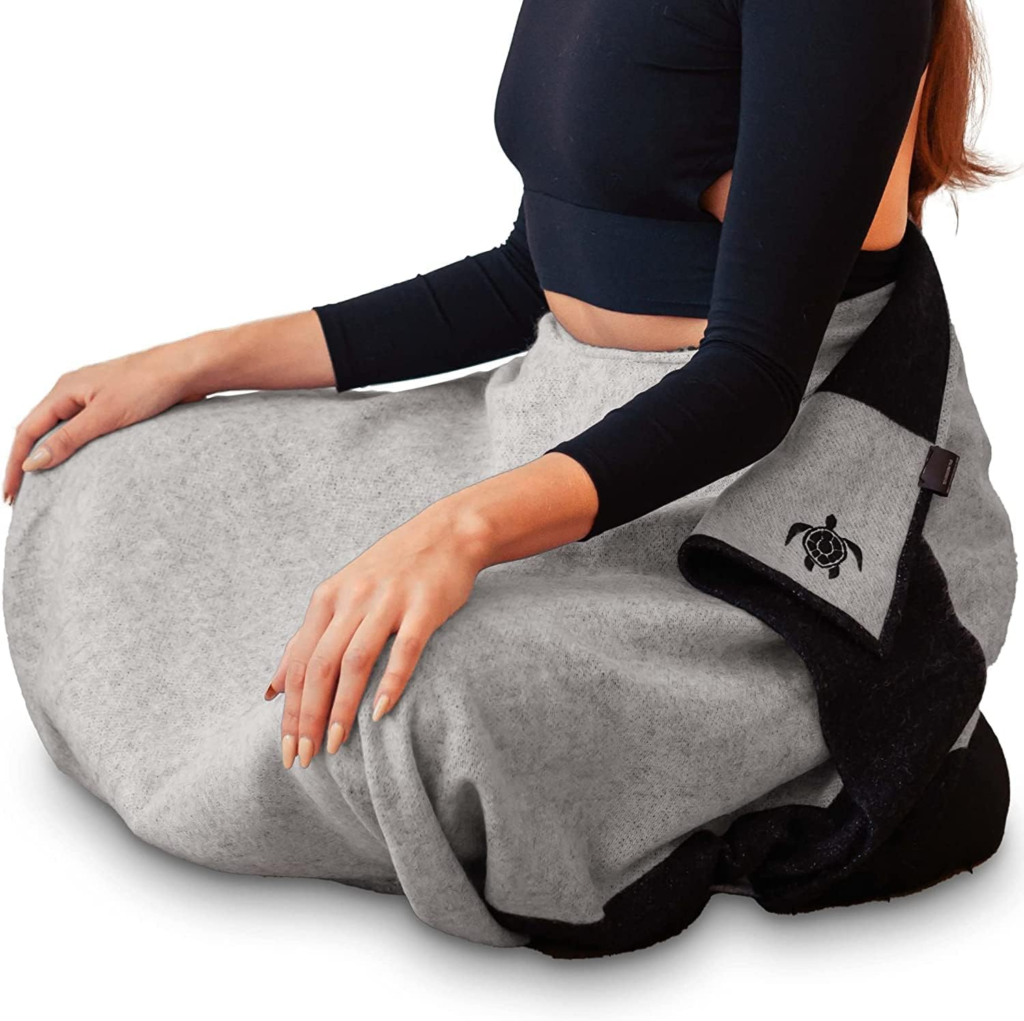
Carrying Bags: Carrying bags are essential for those who meditate on the go. They offer several benefits:
- Portability: Carrying bags make it easy to transport your meditation mat and accessories to different locations, such as yoga studios, parks, or while traveling.
- Protection: A bag protects your mat from dirt, moisture, and damage, ensuring it stays clean and in good condition.
- Convenience: Many carrying bags come with extra pockets for storing small items like meditation cushions, blankets, or personal belongings, making them convenient for keeping everything organized.
A good carrying bag is lightweight, durable, and often comes with adjustable straps for easy carrying. Investing in a quality bag ensures that your meditation mat remains portable and protected, enhancing the flexibility of your practice.
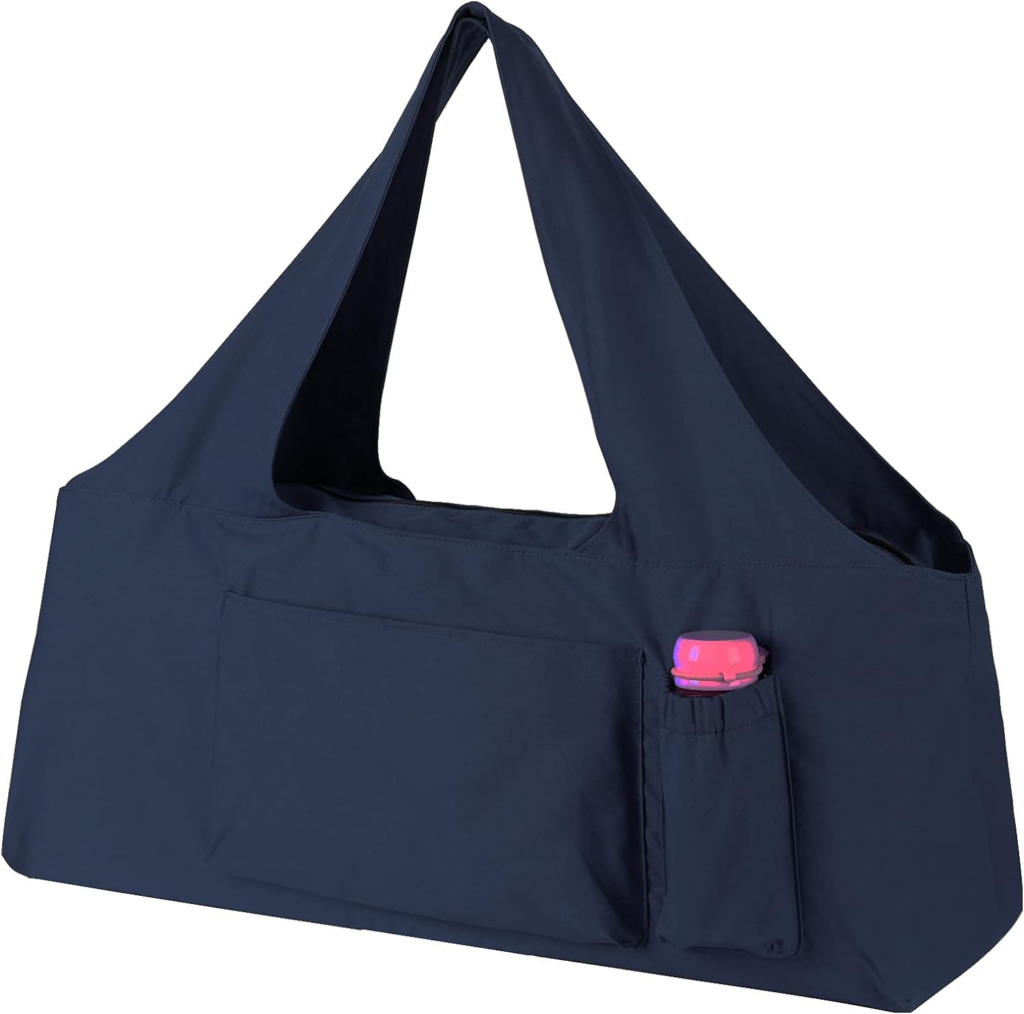
By incorporating accessories like cushions, blankets, and carrying bags into your meditation routine, you can significantly enhance the comfort, convenience, and overall experience of your practice. These accessories provide additional support, warmth, and portability, making it easier to maintain a consistent and enjoyable meditation habit.
Conclusion
In this comprehensive guide, we’ve explored the various aspects of meditation mats, from understanding their definition and historical background to recognizing their benefits and types. We discussed how to choose the right meditation mat based on personal needs, budget, durability, and aesthetic preferences. We also reviewed some of the top meditation mats on the market, including customer testimonials. Additionally, we covered essential meditation mat accessories like cushions, blankets, and carrying bags, which can enhance your meditation practice.
Choosing the right meditation mat is a crucial step towards enhancing your meditation practice. Take the time to consider your personal needs, budget, and preferences to find the perfect mat for you. Whether you prioritize comfort, durability, eco-friendliness, or portability, there is a meditation mat out there that will meet your needs and support your journey towards inner peace and mindfulness.
Final Thoughts: Meditation is a powerful practice that can bring numerous benefits to your mental, emotional, and physical well-being. Using a dedicated meditation mat can greatly enhance your experience by providing the comfort and support needed for deeper focus and relaxation. As you embark on or continue your meditation journey, remember that the right tools, including a quality mat, can make a significant difference in your practice. Embrace the tranquillity and clarity that meditation offers, and let your meditation mat be a trusted companion on this transformative path.
By understanding the importance of a good meditation mat and choosing the right one, you can create a conducive environment for your meditation practice, leading to greater consistency and deeper benefits. Happy meditating!

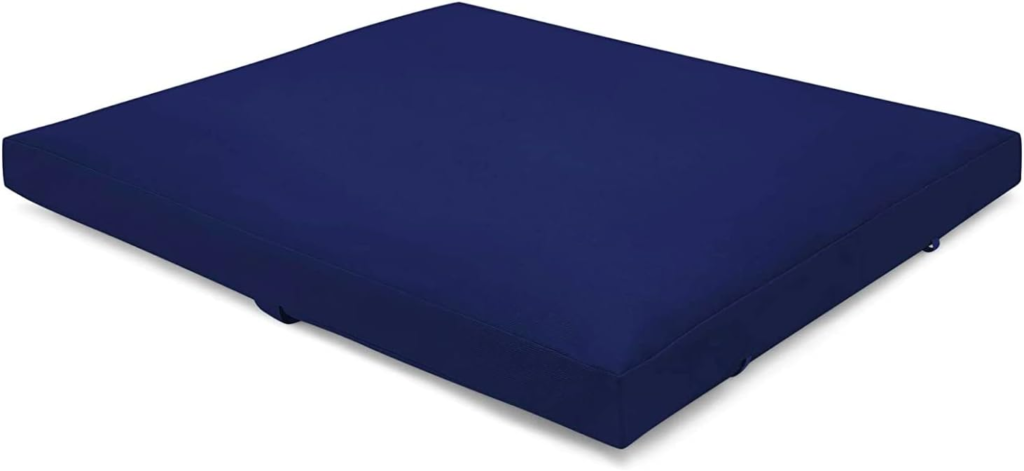



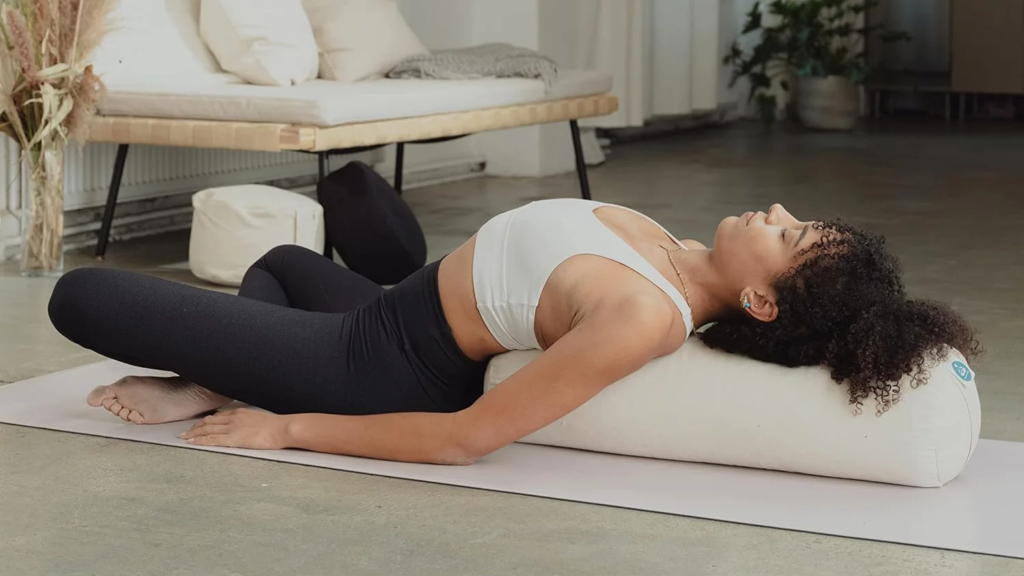
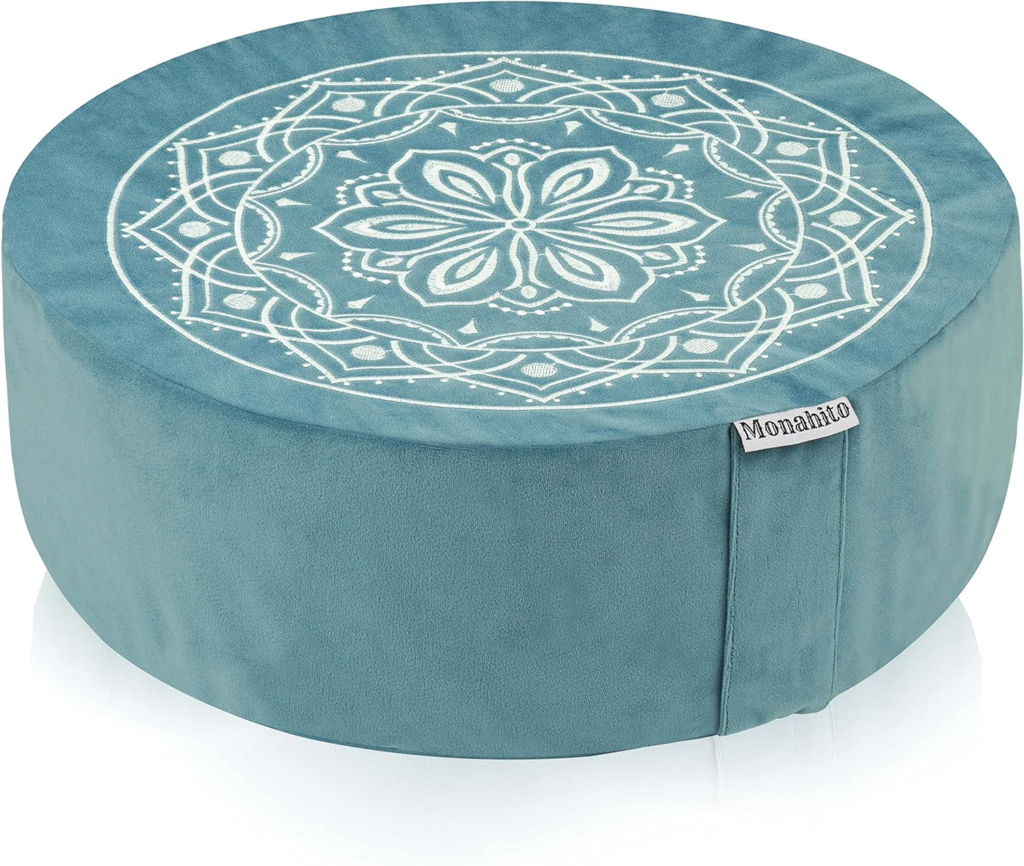
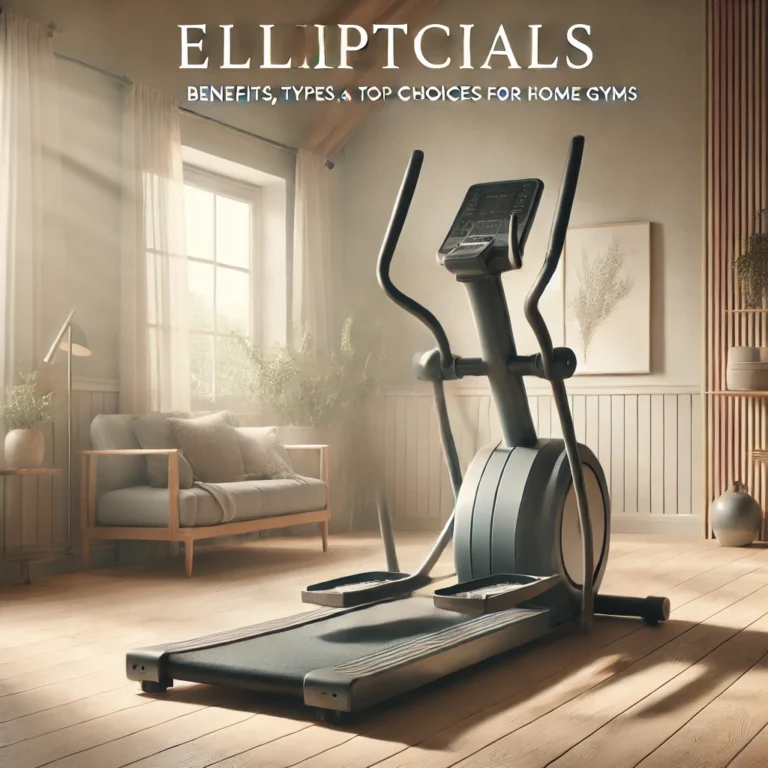




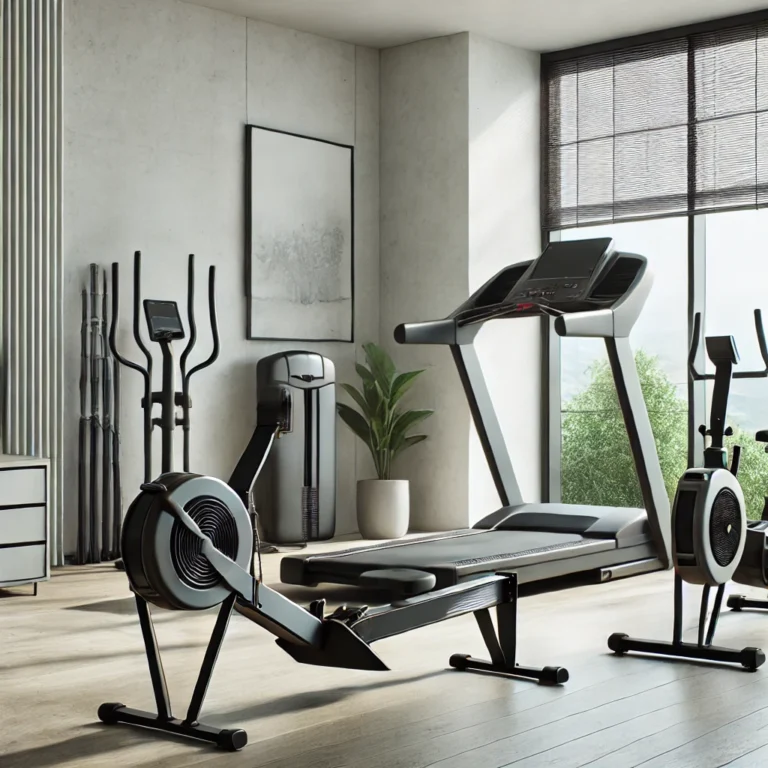
4 Comments
Comments are closed.